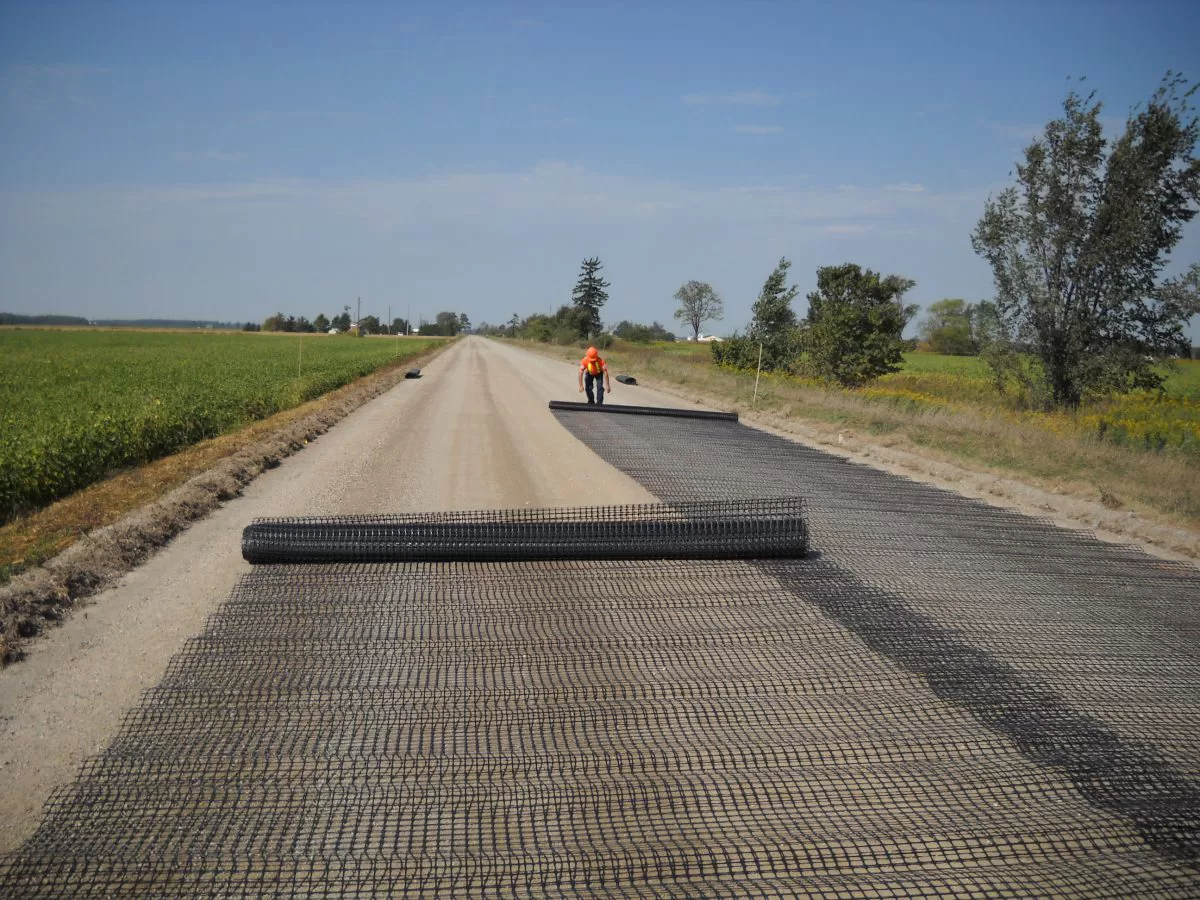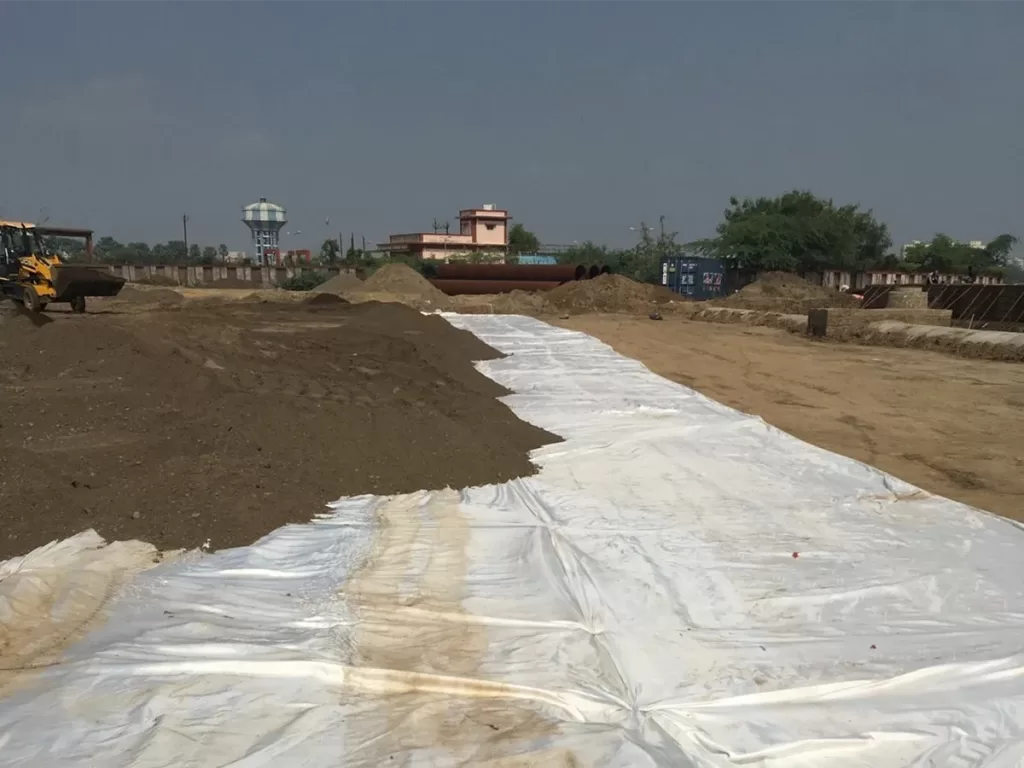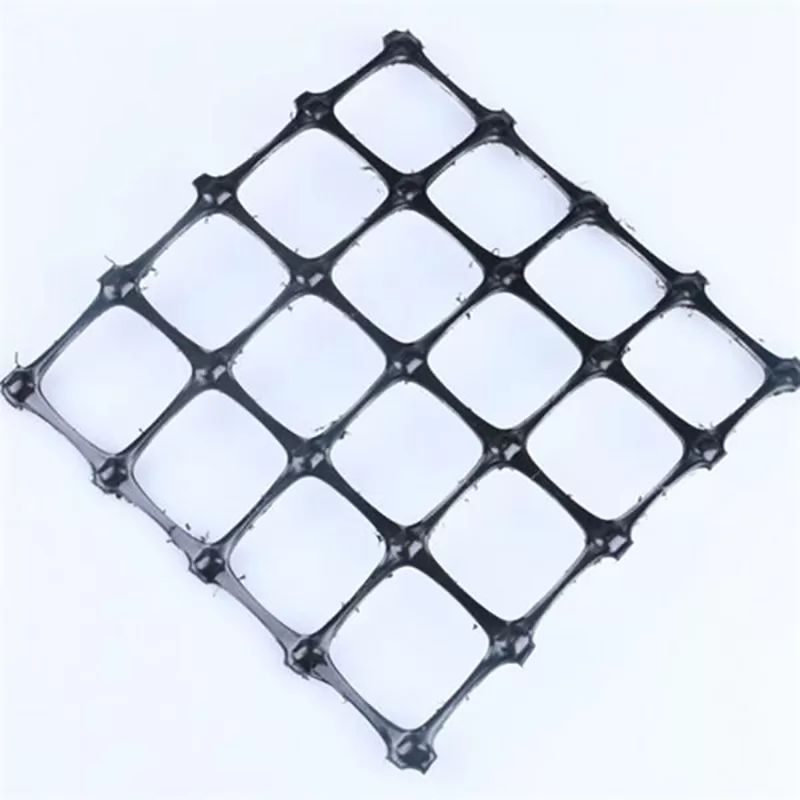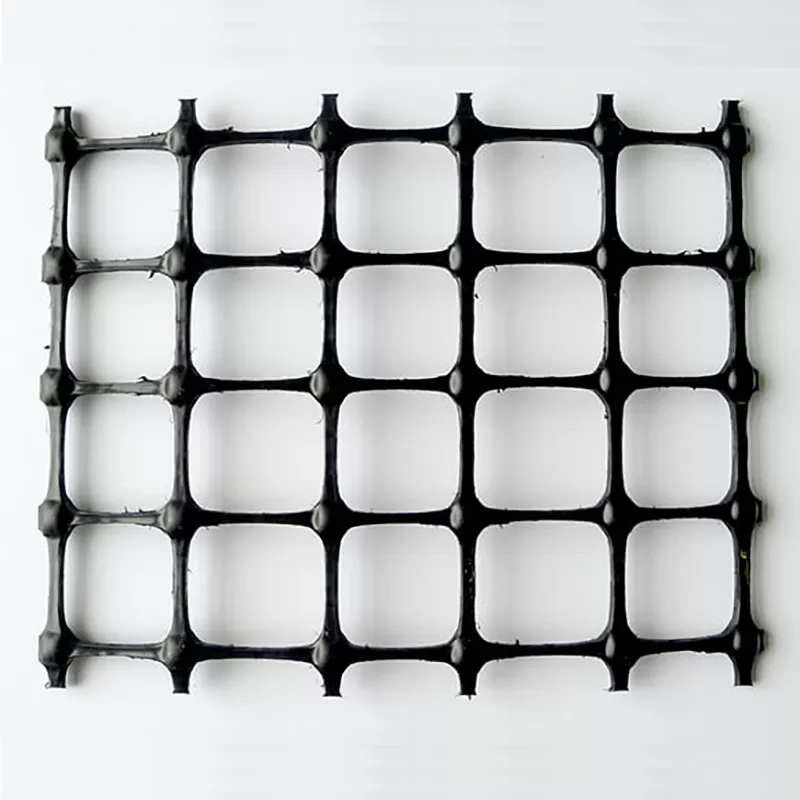Optimal Material Selection: Geogrids or Geotextiles in Construction?
Civil engineering projects require reliable solutions for ground stabilization and soil reinforcement. Among these solutions, geogrids and geotextiles stand out as two key materials that, while similar in function, differ significantly in form and application. This article dives into the distinctions between geogrids and geotextiles, their unique properties, and their specific uses in engineering projects. Understanding these differences can help engineers select the most appropriate material for ensuring structural integrity and longevity in their construction projects.
What are Geogrids and How are They Used in Engineering?
Geogrids are geosynthetic materials made from polymers like polyester or polypropylene, designed to reinforce soils. They feature a grid-like open structure, which helps to lock soil in place and distribute loads evenly. Geogrids are commonly used in roadway construction, retaining walls, and embankments where high tensile strength is required. Their primary function is to provide stabilization and support, preventing soil displacement and enhancing the load-carrying capacity of the soil.

What are Geotextiles and What Role Do They Play in Construction?
Geotextiles are permeable fabrics that, when used in association with soil, have the ability to separate, filter, reinforce, protect, or drain. Typically made from synthetic fibers like polyester or polypropylene, geotextiles are available in woven, non-woven, or knitted forms. They are extensively used for soil filtration, drainage, and protection applications. In roadway construction, they prevent the mixing of different soil layers, while also allowing water to pass through, thereby maintaining soil stability and reducing erosion.

What are the Key Differences Between Geogrids and Geotextiles?
The primary difference lies in their structural makeup and function. Geogrids are best suited for applications requiring enhanced tensile strength and soil reinforcement due to their grid structure. They are more rigid and designed specifically for load support. On the other hand, geotextiles are more flexible and primarily used for filtration and separation purposes. While geogrids help in structural stability by interlocking with the soil, geotextiles focus on preserving the soil’s integrity by preventing contamination and providing drainage.
Can Geogrids and Geotextiles Be Used Together in Projects?
Absolutely, geogrids and geotextiles often complement each other in civil engineering projects. For instance, in road construction, a geotextile can be laid to separate the subgrade from the aggregate base, preventing the mixing of materials, while a geogrid is installed to reinforce the base layer and improve load distribution. Using both materials together combines the benefits of soil stabilization, filtration, and reinforcement, leading to a more robust and durable construction.
Geogrids and geotextiles are fundamental materials in the field of civil engineering, each serving distinct roles that capitalize on their unique properties. While geogrids are indispensable for applications requiring robust tensile reinforcement, geotextiles excel in protecting soil quality through filtration and separation. Understanding the specific capabilities and best use cases for each can significantly enhance the effectiveness of construction projects. When used together, they provide a synergistic effect that maximizes both performance and longevity, ensuring the structural health of civil engineering endeavors.



Comments
Post a Comment